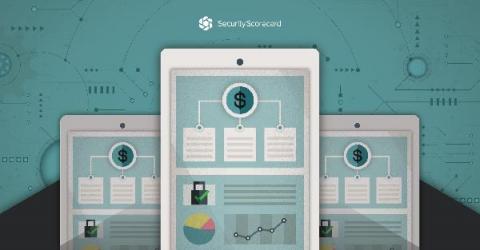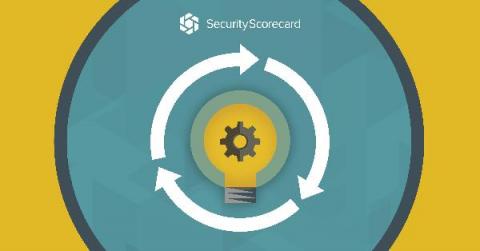SecurityScorecard Finds USAID Hack Much Larger Than Initially Thought
SecurityScorecard’s Investigations & Analysis team conducted an investigation into the details surrounding the USAID.gov attack. As has been previously reported, the attack has been potentially attributed to the organization commonly known as Cozy Bear, but our investigation found that the campaign is likely much larger, and began much earlier than has been reported.








